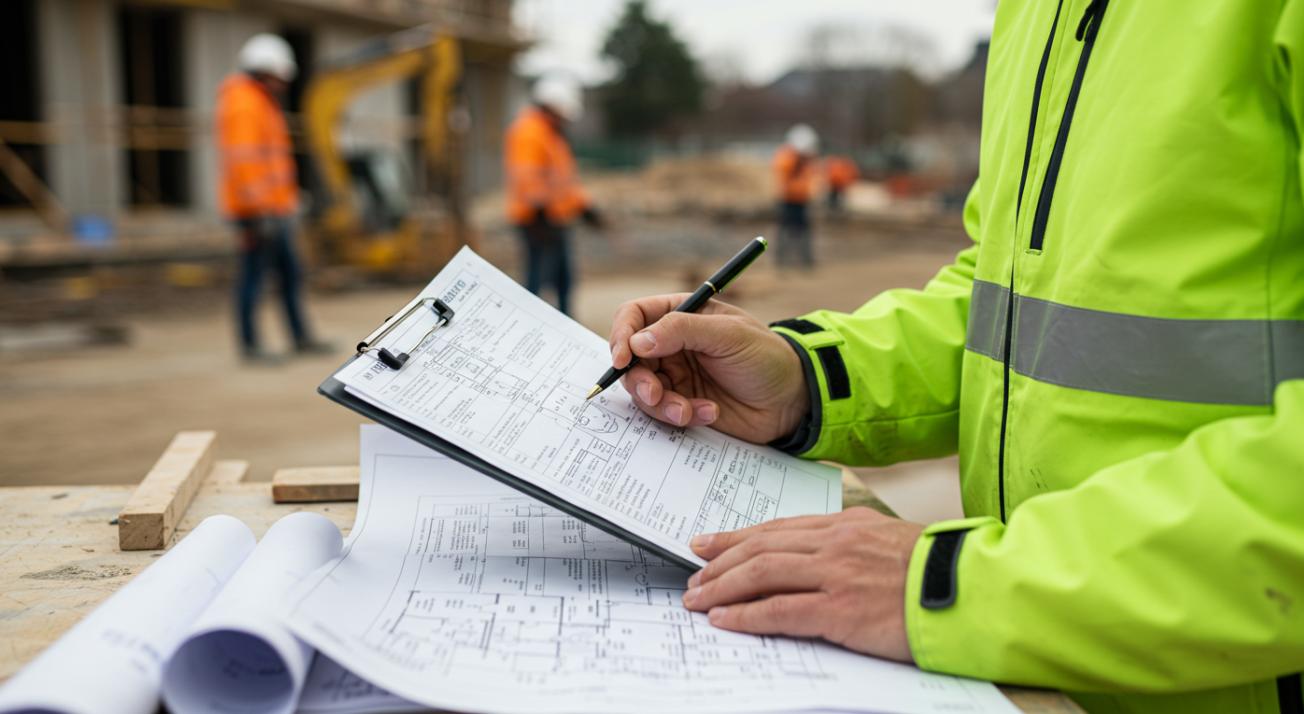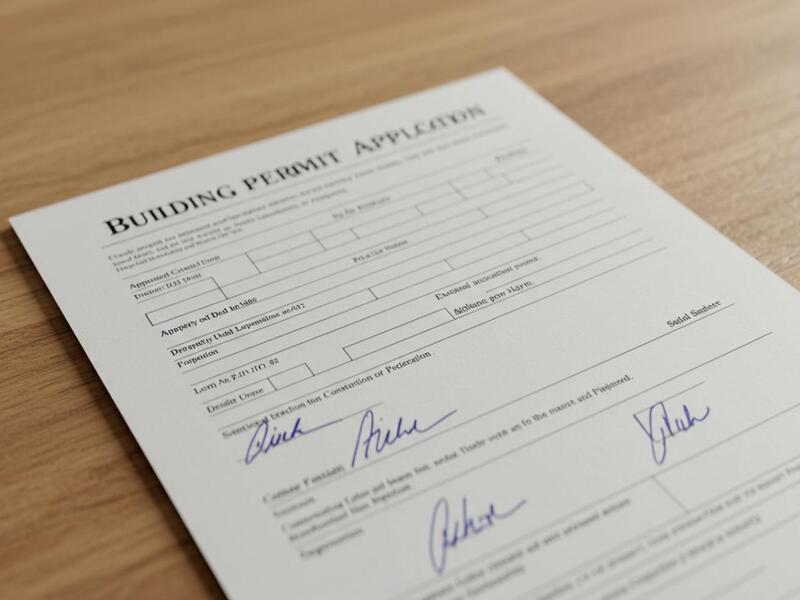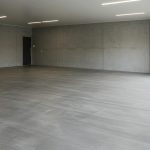
Securing a building permit is a vital step that can significantly influence your construction timeline. The permit application process can often seem daunting, with various factors affecting how long it may take to obtain the necessary approvals. In this article, we will explore the duration of the permit application process and break down the steps involved.
The importance of understanding the permit application Timeline
Obtaining a building permit is not just a regulatory step; it serves as a safeguard for structural integrity, safety, and compliance with local zoning laws. Knowing the expected duration allows for better expectation management and informed planning.
Typical duration of the permit application process
The total duration of the permit application process fluctuates based on several critical factors, including the complexity of the project, geographic location, and the specific requirements set by local authorities. Generally, you can anticipate the following timelines:
-
Simple renovations: 1 to 4 weeks
-
Moderate projects: 1 to 3 months
- Complex builds: 6 months to over a year
These estimates can differ significantly depending on various factors. For an elaborate commercial project, acquiring multiple permits may push the timeline into months or even years. However, simpler projects, such as interior renovations, can proceed more quickly.
Factors influencing permit duration
Several elements contribute to the time it takes to obtain a building permit. Here are some key considerations:
-
Complexity of the project: More intricate designs necessitate extended review periods.
-
Geographic location: Each region has different regulations and review processes that can speed up or slow down the timeline.
- Paperwork quality: Incomplete or poorly prepared applications can result in significant delays.
Even minor oversights can delay your project. Getting familiar with your local building authority’s requirements will save precious time during the application phase.
Breaking down the application steps
Understanding the various stages in the permit application process can also provide clarity about anticipated timelines. Let’s look at the essential steps involved.

1. Prepare documentation
Before you submit your application, gather all necessary documents, which typically include:
-
Project blueprints
-
Site plans showing property lines
- Details on the intended use of the structure
Well-organized documents can speed up the approval process.
2. Submit the application
The next step involves submitting your application along with the pertinent documentation to the local building department. This phase can sometimes be completed online, making it easier and faster.
3. Await initial review
Once submitted, your application goes through an initial review, which can take anywhere from several days to weeks depending on your locale. If further information is required, you’ll be contacted, which can add to the timeline.
4. Official review and approval
After passing the initial review, your application enters a more thorough examination, which focuses on compliance with zoning laws and building codes. This process can take several weeks or even months.
5. Final issuance of permits
Once approved, you’ll receive your building permits, allowing you to start building. However, remember that this final step is contingent upon successfully addressing any feedback provided during previous reviews.
Comparing permit types and their durations
| Permit Type | Typical duration |
|---|---|
| Residential building permit | 2 to 8 weeks |
| Commercial building permit | 3 to 12 months |
| Land use permit | 4 to 8 months |
| Special variance permit | 6 to 12 months |
| Septic system permit | 1 to 3 months |
As illustrated, the type of permit sought can significantly alter the expected timeframe, so it’s vital to identify your needs early on.
Tips to expedite the permit application process
To enhance the efficiency of your permit application, consider implementing the following strategies:
-
Begin early: Starting the process as soon as possible can mitigate delays.
-
Monitor details: Ensure all paperwork is complete and properly filed.
- Engage with local authorities: Establishing a relationship with your local building department can help clarify requirements.
These strategies often lead to smoother and quicker approvals.
Common missteps that delay the process
Understanding common errors in permit applications can significantly simplify this often intricate process. Here are key pitfalls to avoid:
-
Inadequate preparation: Failing to gather all necessary documentation can result in significant setbacks.
-
Submitting late: Allow ample time for review; last-minute submissions can lead to rushed or incomplete applications.
- Ignoring feedback: Not addressing comments provided by the review committee can lead to denials and further delays.
To simplify your application process, consider working with a permit runner. His expertise ensures thorough preparation, minimizing delays and improving your project’s success.











